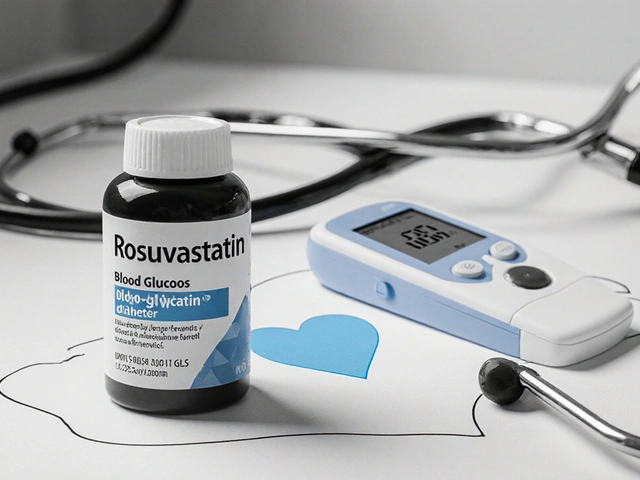Rivaroxaban: Practical guide for patients
Rivaroxaban (brand name Xarelto) is an oral blood thinner many people take to prevent clots. It treats atrial fibrillation (to lower stroke risk), treats and prevents deep vein thrombosis (DVT) and pulmonary embolism (PE), and is used after some hip or knee surgeries. It’s popular because you don’t need routine INR checks like with warfarin, but it still requires attention and safe habits.
Common doses & when to stop
Here are typical dosing patterns you’ll see: for non-valvular atrial fibrillation the usual dose is 20 mg once daily with food; if your kidney function is reduced (creatinine clearance 15–50 mL/min) doctors commonly lower it to 15 mg once daily. For acute DVT or PE the start is usually 15 mg twice daily for 21 days, then switch to 20 mg once daily with food. If your creatinine clearance is very low (under 15 mL/min), rivaroxaban is generally not recommended.
Need to stop before a procedure? That depends on bleeding risk and kidney function. For low-bleed-risk procedures many doctors stop it 24 hours before. For higher-bleed-risk surgeries or impaired kidneys they may stop it 48 hours or more beforehand. Always follow the surgeon or prescriber’s specific plan — timing can vary.
Safety, interactions and what to watch for
Bleeding is the main risk. Watch for unusual bruising, nosebleeds that don’t stop, blood in urine or stools, coughing up blood, sudden severe headache, or fainting. If you have major bleeding or suspect a stroke, seek emergency care. There is a reversal drug (andexanet alfa) available in many hospitals; if that’s not available, doctors may use prothrombin complex concentrate.
Drug interactions matter. Strong combined CYP3A4 and P-gp inhibitors (like ritonavir, ketoconazole) can raise rivaroxaban levels and increase bleeding risk. Strong inducers (rifampin, carbamazepine, St. John’s wort) can lower levels and reduce protection. Avoid taking rivaroxaban with other blood thinners or frequent NSAIDs unless told by your doctor — that raises bleeding risk.
No routine blood test measures rivaroxaban effect the way INR does for warfarin, but your doctor will check kidney function and blood counts periodically. Take rivaroxaban with food for the 20 mg dose to improve absorption. Missed dose? Don’t double up; follow your prescriber’s instructions — usually take it as soon as you remember unless it’s almost time for the next dose.
Pregnancy and breastfeeding: rivaroxaban is generally avoided in pregnancy; low molecular weight heparin is preferred. Older adults may face higher bleeding risk, so talk about dose and fall risk with your clinician. If you have questions about starting, stopping, or interacting drugs, call your prescriber — small changes can matter.
Want clear next steps? Keep a current medication list, carry an anticoagulant card or note, and schedule regular checks of kidney function. If anything unusual happens — bleeding, severe bruising, or new symptoms — contact your healthcare team right away.

Curious about the future of anticoagulation therapy and whether rivaroxaban will keep its spot among top blood thinners? This article dives deep into how rivaroxaban stacks up against newer treatments, what science is saying about its future, and what patients and doctors need to know. You'll get real-world tips, stats, and honest talk about risks and rewards—no sugarcoating, just clear facts.
Continue Reading




